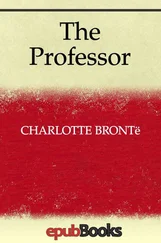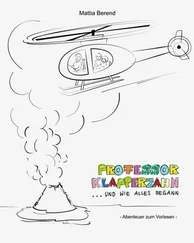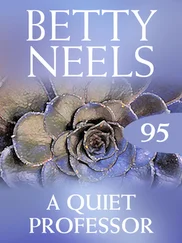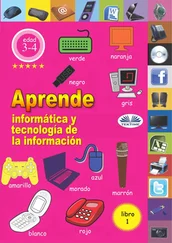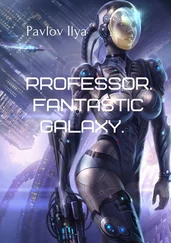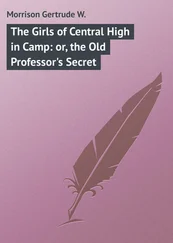The long, narrow wings of gulls, petrels, albatrosses and shearwaters are an adaptation for flight over water, particularly where the sea surface has peaks and troughs that affect wind movement. Many gulls fly with steady wing-beats, while at other times they introduce periods of gliding, between wing-beats. They utilise rising air currents, particularly those over the sea produced by waves or swell, although it is rare for them to fly more than a few metres above the surface of the open sea. In addition, they glide in thermals over land and cliffs, and those produced by buildings in urban areas. Several species of gulls use thermals to rise to considerable heights over land without the need for flapping flight, although the smaller species more rarely soar. Favourable conditions for soaring occur on warm, sunny days. Such apparent effortless flight can be seen in Herring Gulls that breed on the coast but visit the highest ground on Snowdon in north Wales, where they search for food discarded by people walking and climbing here.
MOVEMENTS
Gulls breeding in extreme northern and southern areas of the world are migratory, but this is usually less pronounced or even absent among those living in temperate or equatorial regions. In general, the distances gulls migrate are much shorter than those made by terns, with only Sabine’s and Franklin’s gulls making regular large trans-equatorial migrations. In other gull species, a few individuals may reach or cross the equator, but most remain in the hemisphere in which they breed or were reared. Whether gulls migrate mainly depends on whether food is readily available in winter in their breeding areas.
The seasonal movements of many gulls are better described as dispersal rather than migration, with individuals from the same area or even a single colony moving in different directions and for variable yet often short distances. Immature individuals tend to move further than adults and often do not visit their natal or other colonies where they will ultimately breed for several years.
MOULTING
In all gulls, the 11 primary feathers on the wing are moulted in sequence, with the inner primary being replaced first. The remaining primaries are then progressively replaced outward towards the longest, the 10th, and then finally the small 11th primary on the bastard wing ( Fig. 13). With the exception of one species, the flight and tail feathers are moulted and replaced once a year, but some of the body feathers are moulted twice each year.
The exception to this is Franklin’s Gull, which moults all its feathers – including the primaries – twice a year, and as a result adults are missing primaries somewhere in their wing for about two-thirds of the year. This is a surprising pattern, because the efficiency of flight is affected by the loss of some of the primary feathers, particularly the longer outer ones. Most adults will have just completed the post-breeding moult when they start the next primary moult in December, which continues for several months. The information on moult in Franklin’s Gull is based on a small number of specimens and requires further investigation, but the available evidence suggests that the post-breeding primary moult is spread over four months and the pre-breeding moult over a slightly shorter period. Carrying out two primary moults in a year is energetically and nutritionally costly, and no convincing explanation has been offered for it. It could be that exposure to more intense sunlight throughout the year (Franklin’s Gulls winter south of the equator) causes the structure of the primary feathers to deteriorate quicker. However, this is not a convincing explanation, because other gull (and tern) species living in similar areas and making migrations across the equator appear to manage with a single annual primary moult (see also here).
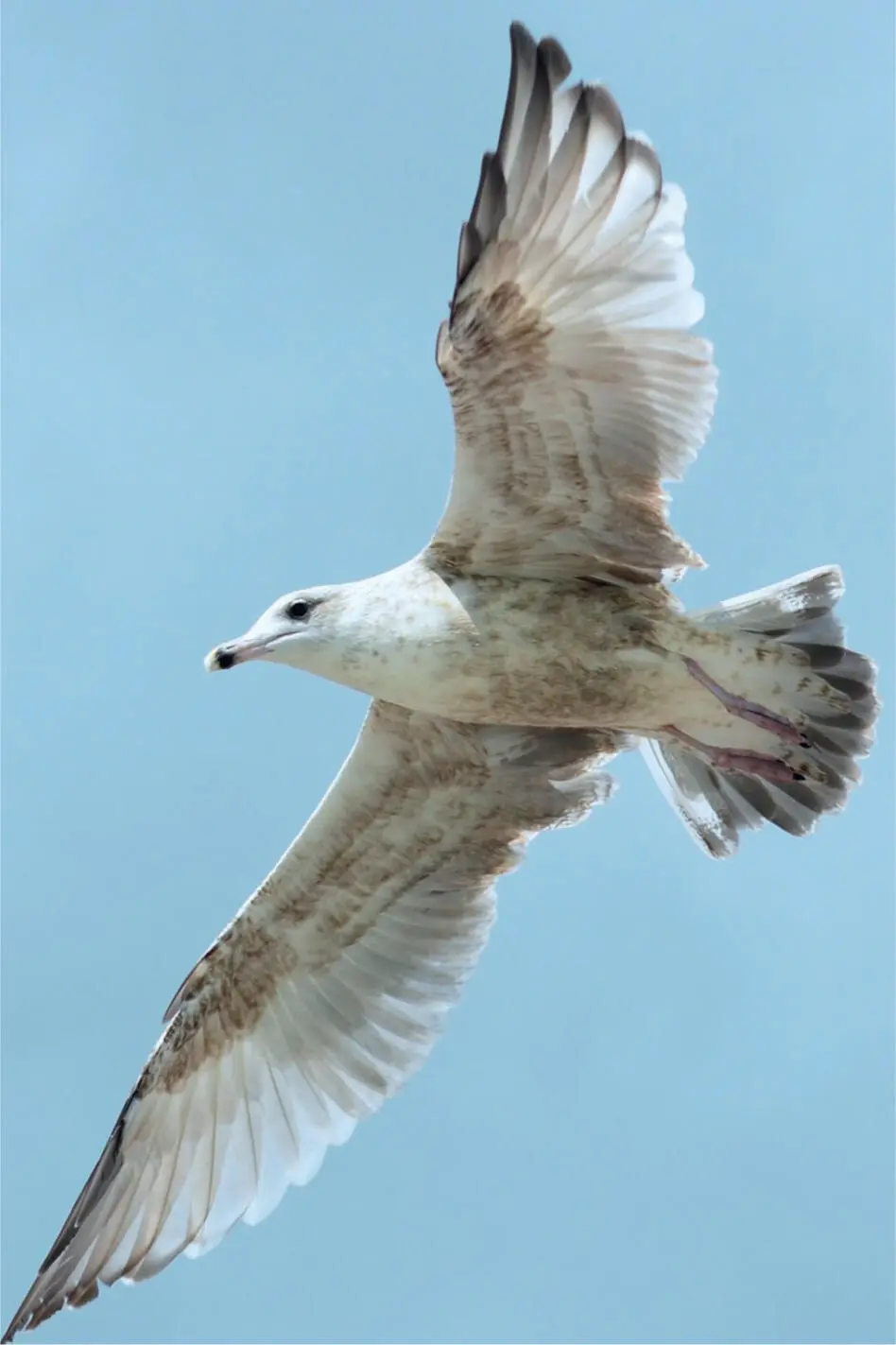
FIG 12. Herring Gull (Larus argentatus) presumably starting its third year of life, still lacking white mirrors and with the new outer primaries and the outer tail feathers still growing. (Mike Osborne)

FIG 13. Above: adult Lesser Black-backed Gull (Larus fuscus) in primary wing moult, with only five of the longest primaries remaining to be moulted and several new, inner primaries in growth. Below: adult Black-headed Gull (Chroicocephalus ridibundus) in primary moult, with the two longest primaries (P9 and P10) not yet dropped and replaced, P8 missing and P7 half-grown. (Nicholas Aebischer)
FOOD AND FEEDING
Gulls are usually classified as omnivores and scavengers, and animal material greatly dominates the diets of all species. The spectrum of food sources taken by gulls is much wider than in terns. Fish and invertebrates are the main food of many species, and small mammals are also taken by the large species. In addition, the larger gulls are often predators on eggs, chicks and even adults of other birds, and several consume eggs and chicks of their own species, although they usually avoid killing their own broods.
Typically, gulls obtain their food from the ground or near the surface of water. Most species can plunge from flight into water in an attempt to capture live food organisms within the top metre or so, but they lack the penetrating diving thrust of Northern Gannets (Morus bassanus) and some terns. Small gulls often pick food items from the water’s surface, either while in flight or phalarope-like when floating on the surface. Gulls breeding inland feed on insects emerging from freshwater bodies and from flat terrestrial areas, and some even catch flying insects such as swarming ants and mayflies.
No gull species regularly and predominantly feeds on vegetable material, although some take berries and grain – for example, Herring and Lesser Black-backed gulls regularly search for animal feed on farmland and also consume grain in the spring and autumn. In some arctic areas, berries have been reported as a component of the diet of gulls, but this source of food is uncommon in more southern areas. That said, there are reports of berries being plucked off Hawthorn (Crataegus monogyna) bushes and even acorns still on oak trees being consumed by Black-headed Gulls. Many stomach analyses of gulls report small quantities of plant material, but these could have been accidentally ingested when picking up animal prey from the ground or even originate from the guts of the animals the gulls consumed. Many gulls will eat bread and other vegetable matter when offered it or when it is discarded by humans, and they often compete for food offered to waterfowl. The late Max Nicholson, who wrote Birds and Men (New Naturalist 17, 1951), was one of many who frequently and regularly fed gulls in winter at lakes, in parks and on the riverside embankment in London in the first half of the twentieth century.
In the last century or so, several species of gull have started to utilise waste materials dumped by humans and they also follow behind tractors during the ploughing of agricultural land. Availability of foods associated with human habitation has attracted gulls to places such as landfill sites and fishing boats, particularly when nets are being hauled in or fish are being gutted at sea. In many areas across Britain, such sites have become a major food source for several species and have played a role in the growth of gull populations. As a consequence, some species are now considered pests and their numbers are managed. As refuse is increasingly being managed in ways that gulls can no longer exploit, and landfill sites previously used by gulls are being closed, this is likely to have an effect on the size of gull populations. Evidence of the magnitude of such changes is yet to be clearly identified, however, and the extent to which gulls can change their feeding habits and find new food sources remains unknown.
Читать дальше




